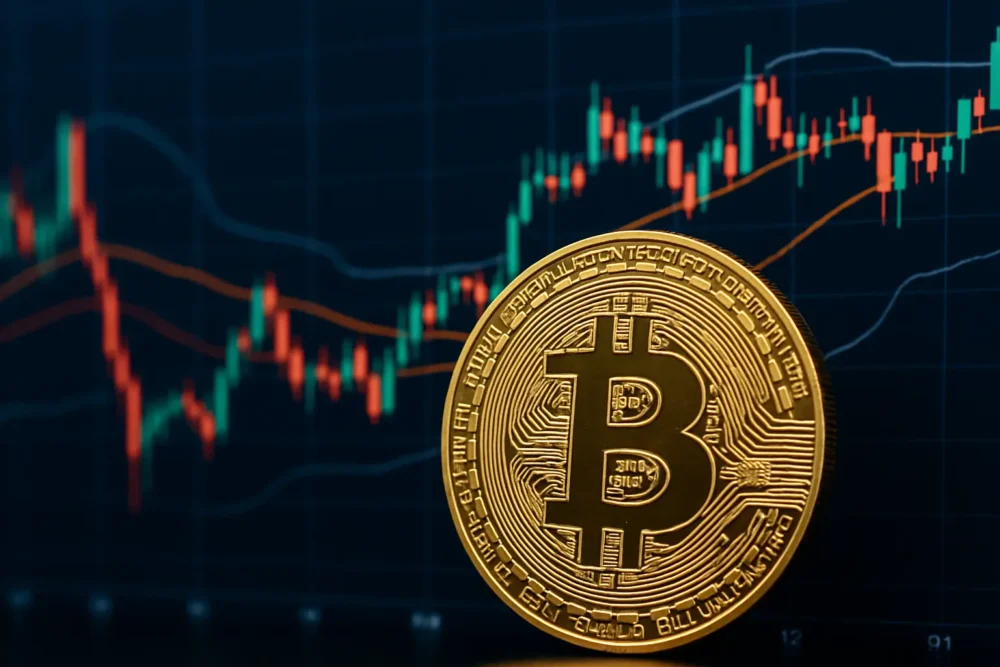Ethereum, one of the biggest blockchain networks, is getting ready for its next major upgrade, called Pectra. This update is scheduled for March and is expected to bring big improvements to how Ethereum works.
Recently, Ethereum co-founder, Vitalik Buterin, shared new details about the upgrade, focusing on a key change that will make the network faster and cheaper to use.
As Ethereum prepares for Pectra, the price of its cryptocurrency, $ETH, has also been rising. After a recent dip, $ETH has climbed back up to around $2,711, showing a 10% increase in a single day.
How will the upgrade improve Ethereum?
One of the biggest changes in the Pectra upgrade involves something called “blobs”. These are temporary data storage units that help Ethereum process transactions more efficiently.
Right now, Ethereum can handle three blobs at a time, but with the Pectra upgrade, this number will double to six.
This change will help Ethereum handle more transactions at once, reducing congestion and making fees lower. This is especially good news for decentralised finance (DeFi) platforms, gaming applications, and other services that rely on Ethereum’s network.
Buterin has emphasised the importance of these improvements. He recently warned that if Ethereum does not keep up with user demands, people might start using other blockchain networks instead.
“If Ethereum does not offer this, then people will find it elsewhere, and people are going to have an insecure blockchain experience that is not on Ethereum”, Buterin said during a recent All Core Developers Execution (ACDE) call.
Another key idea Buterin introduced is changing the way Ethereum upgrades work. Right now, major upgrades require a process called a “hard fork”, which takes a lot of time and agreement from developers and validators.
Buterin suggested a new method where Ethereum stakers – those who hold and stake $ETH to support the network – can vote on changes, such as adjusting blob capacity. This would allow Ethereum to make upgrades more quickly and efficiently while staying decentralised.
Validators approve gas limit increase
Another recent development in the Ethereum network is an increase in the gas limit. The gas limit determines how many transactions can be processed in a single block on the Ethereum blockchain.
More than half of Ethereum’s validators recently voted to increase this limit, which means the network can now handle even more transactions.
Previously, the gas limit was capped at 30 million, but now it has risen above 31 million. According to Gaslimit.pics, which tracks validator sentiment, the average gas limit over the past 24 hours has been 31.5 million, and it is expected to rise to 36 million soon.
This marks the first time the gas limit has changed since Ethereum switched to its proof-of-stake system. The last time this limit was adjusted was in 2021 when it doubled from 15 million to 30 million.
Raising the gas limit could help reduce transaction fees and make Ethereum more scalable. However, some experts worry that increasing the limit too much could cause network congestion and make Ethereum less stable.
Despite these concerns, Ethereum developers believe the change was necessary, especially as the network continues to grow.
Trump family’s crypto moves
Ethereum’s price has also been affected by recent political and financial events. Trump’s son, Eric Trump, also made waves in the crypto community.
On social media platform X, he posted, “In my opinion, it’s a great time to add $ETH. You can thank me later”. However, he later edited the post to remove the last five words.
Before Eric Trump’s post, Ethereum had already started recovering from its low of $2,368. This rebound happened because of easing trade tensions between the US, Canada, and Mexico. $ETH eventually peaked at $2,913 before settling at around $2,806.
At the same time, the Trump family’s crypto platform, World Liberty Financial (WLF), made some large transactions.
On 3 February, WLF transferred about $307.41 million worth of assets to Coinbase’s custody platform, according to blockchain analytics firm Spot On Chain.
WLF also unstaked nearly 20,000 Lido Staked Ether (stETH) and converted it into regular Ethereum. Additionally, the company spent another $5 million in USD Coin ($USDC) to buy 1,826 $ETH at a price of $2,738 per $ETH.
According to Spot On Chain, these funds might be used to support WLF’s upcoming “Earn and Borrow” lending protocol, which has not yet fully launched.
Foundation’s plans to support devs
As Ethereum continues to evolve, the Ethereum Foundation has announced some organisational changes to better support developers working in DeFi.
The foundation recently set aside 50,000 $ETH to expand its treasury. This $ETH can be used to earn staking rewards, which will help fund Ethereum development.
Ethereum core developer, Eric Conner, noted that these staking rewards could cover most of the foundation’s internal expenses.
He also pointed out that this move could reduce selling pressure on $ETH, which has been a concern for investors.
Meanwhile, a new marketing firm called Etherealize launched on 22 January. The firm aims to promote Ethereum to institutional investors and Wall Street.
With the Pectra upgrade approaching, Ethereum’s network is becoming more efficient and scalable. These developments show that Ethereum is working to stay ahead as the blockchain industry grows and changes.
The upcoming Pectra upgrade is set to make Ethereum faster and cheaper by increasing the number of blobs it can process. This is expected to benefit DeFi applications, gaming platforms, and other Ethereum-based services.
At the same time, the network’s validators have approved a gas limit increase, which will allow Ethereum to handle more transactions per block.
While some worry about potential risks, many believe this change is necessary to keep Ethereum competitive.
As March approaches, all eyes will be on the Pectra upgrade and how it will impact Ethereum’s scalability and performance.
The coming months will be crucial in determining how these changes affect Ethereum’s long-term success.


